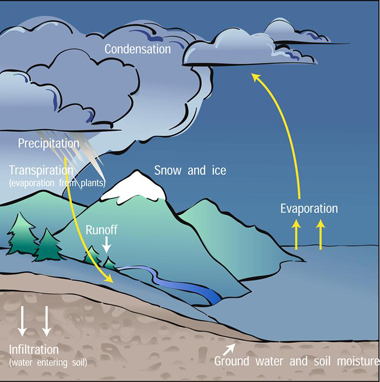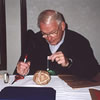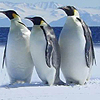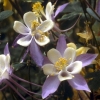The water cycle
Click on image for full size
Copyright University Corporation for Atmospheric Research
Earth's Water Cycle
Once upon a time, the rain falling today was in the ocean. At other times it was snow that covered a high mountaintop.
Water is always moving around the planet. Water can be in the atmosphere, on the land, in the ocean, and even underground. It is recycled over and over through the water cycle. In the cycle, water changes state between liquid water, ice, and water vapor.
Water that is at the top of the ocean, rivers, and lakes turns into water vapor in the atmosphere by the process of evaporation. Water vapor can also form from snow and ice. It can also evaporate from plants.
The water vapor rises in the atmosphere and cools. The cooler temperature turns the water vapor into tiny water droplets by a process called condensation. Those water droplets make up clouds. The water droplets grow larger when they combine with each other. In time, they become too heavy to stay in the air. Then they fall to the ground as rain, snow and other types of precipitation.
Most of the precipitation that falls becomes a part of the ocean or part of rivers, lakes, and streams that lead to the ocean. Some of the snow and ice that falls as precipitation stays at the Earth surface in glaciers and other types of ice. Some of the precipitation seeps into the ground and becomes a part of the groundwater.
Last modified January 6, 2009 by Lisa Gardiner.
You might also be interested in:

How did life evolve on Earth? The answer to this question can help us understand our past and prepare for our future. Although evolution provides credible and reliable answers, polls show that many people turn away from science, seeking other explanations with which they are more comfortable.
...more
Earth's ocean covers more than 70% of our planet's surface. There are five major ocean basins: the Pacific, the Atlantic, the Indian Ocean, the Arctic Ocean, and the Southern Ocean that surrounds Antarctica.
...more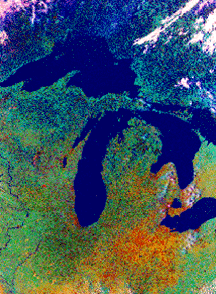
A lake is a body of water completely surrounded by land. Lakes can either by salty or fresh water. Most lakes are in places where glaciers used to exist. When a glacier moves forward, it carves away a
...more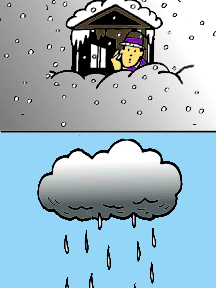
Precipitation (pre-sip-uh-tay-shun) is any form of water that falls to the Earth's surface. Different forms of precipitation include drizzle, rain, hail, snow, sleet, and freezing rain. Precipitation
...more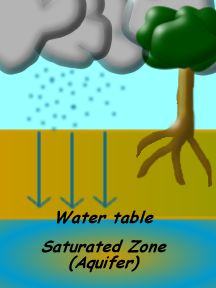
You have seen water in lakes, rivers, and even your bathtub. But some water hides below the ground. It’s called groundwater! If you traveled underground deep enough, you would find that the rocks around
...more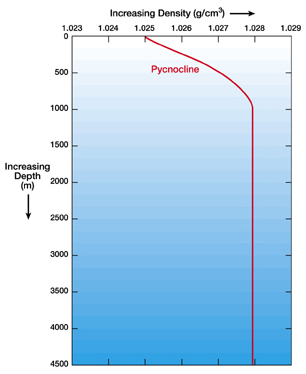
The density of pure water is 1000 kg/m3. Ocean water is more dense because it has salt in it. Density of ocean water is about 1027 kg/m3 at the top of the ocean. Less dense water floats on top of more
...more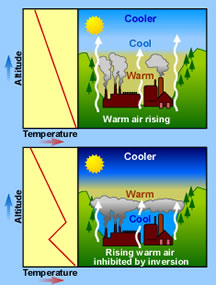
Air pollution doesn't always stay where it was made. It can make its way around the Earth. This is called transport and dispersion and is very complex. There are many things that affect the way pollution
...more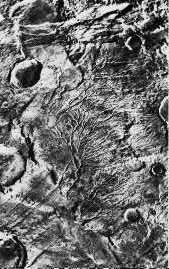
There is plenty of evidence for running water on Mars. There are: large, tear-dropped shaped outflow channels river valleys catastrophic floods An analysis of this evidence suggests two possibilities for
...more


